Specifications and Main Features
- Model: NF4076
- Appliance Type: Microwave Oven
- Cooking Power: High (100%), Medium High (70%), Medium (50%), Low (30%)
- Features:
- Touch sensitive panel
- LED Digital display
- 24 hours Digital watch
- Programmable cooking timer
- Froze Lasting feature
- Browning element
- Temperature probe that can be detached
- Metal shelf to enhance the capacity of microwave oven.
- Safety including door lock and power cut protection
- Dimensions: None, beyond what has been previously quoted are available in the.
- Warranty: Use in private domestic premises only. Use outside this as in commerce invalidates the guarantee.
Frequently Asked Questions
Q: Is there any problem with putting metal into microwave?
A: As a broad rule it is not advisable to put metal into the microwave when food is being cooked as metal deflects micro wave energy and this leads to arcing.
Q: What happens if the microwave is not intact?
A: The oven should never be used if it is not intact, in which case it will require repair from a factory authorized service technician.
Q: What happens if an empty microwave is switched on? Is it dangerous?
A: No. Microwave should not be operated empty because this may damage the microwave.
Q: I'm curious to know whether there any special restrictions regarding the containers I can use in the microwave.
A: Never use anything that has not been specifically designed or endorsed for use in the microwave. As an example, do not use plastic cups to heat beverages as they may get damaged.
Q: When it comes to defrosting, is it possible to use the microwave?
A: For defrosting, yes, the microwave does contain a defrost setting which is considered to be quite standard – quite close to what could be thought of as a soft temperature – approximately 30 degrees.
Q: How precise can temperature settings be set with the temperature probe?
A: The procedure for setting a temperature is quite straightforward. Introduce the metal tip of the probe into the food followed by the insertion of the jack into the probe and the oven is free to prepare the food.
Q: During operation, the microwave sometimes produces condensation on the inner side, how to approach that issue?
A: Dapping it with a kitchen towel or more smoothly a cloth would be the best approach after you're done preparing your food.
Q: In terms of the type of food that can be cooked in microwaves, are there any restrictions?
A: As a general rule, follow the guides while preparing food in a domestic setting with a microwave but avoid deviating from the purpose of the microwave.
User Manual
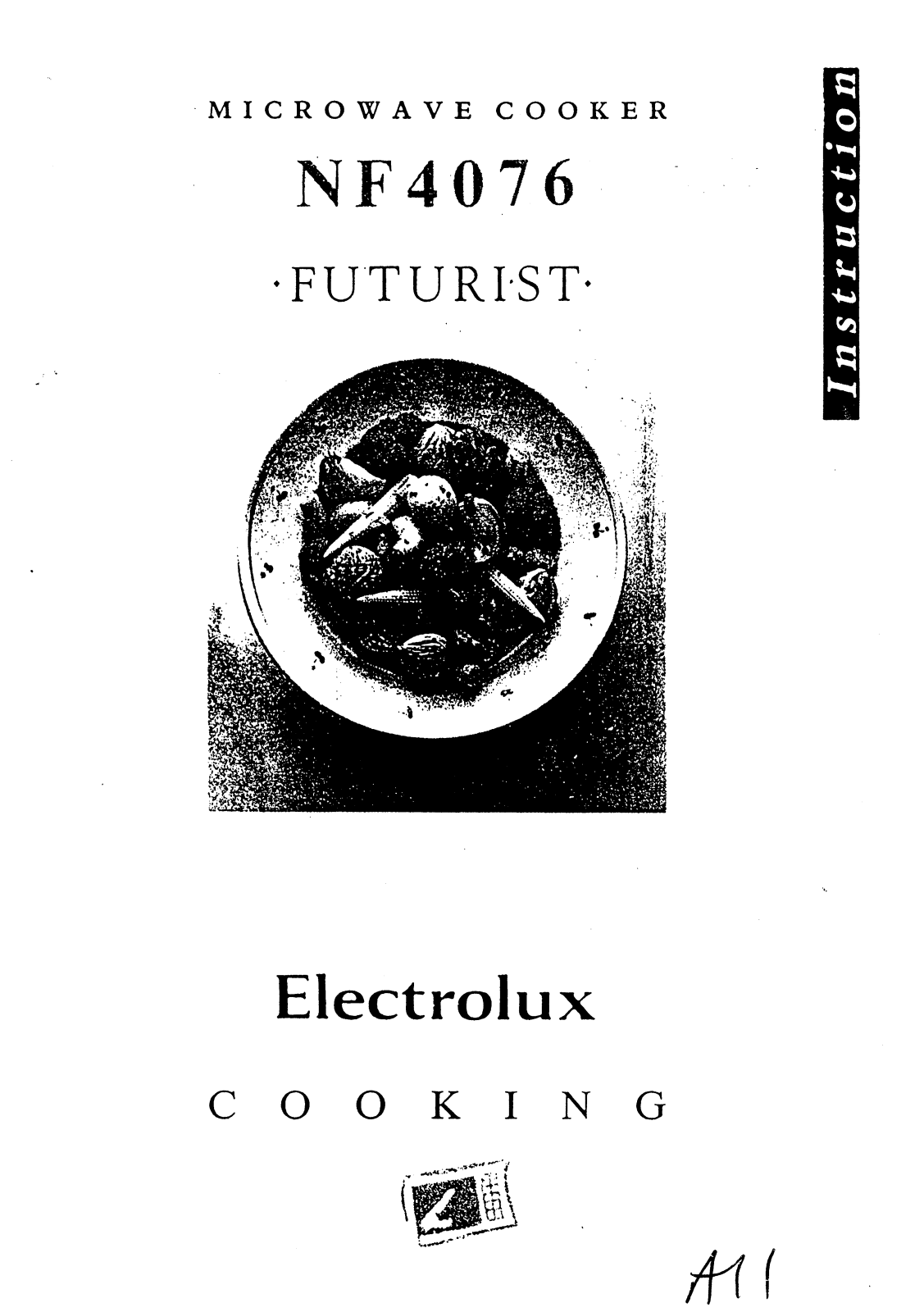
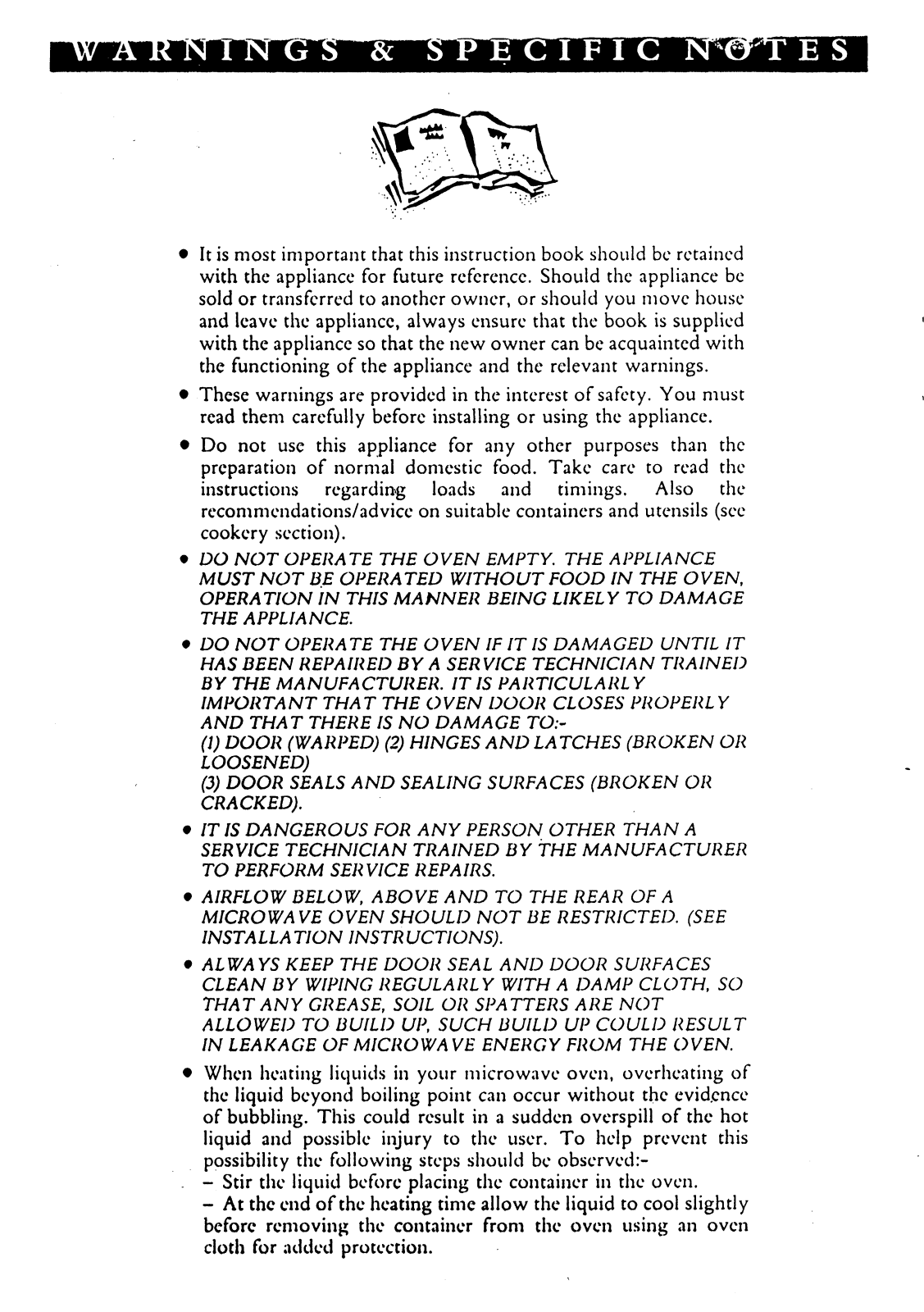
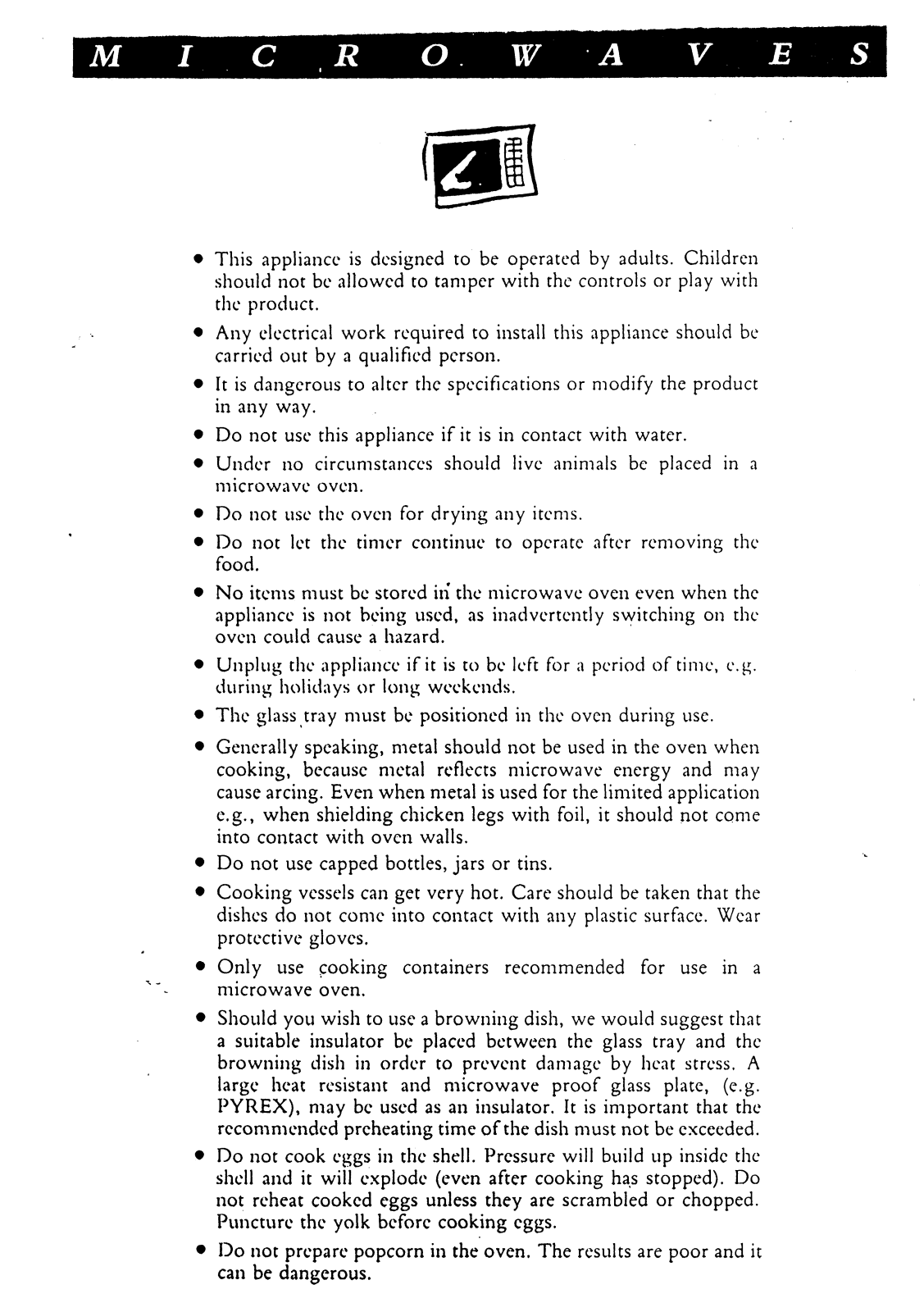
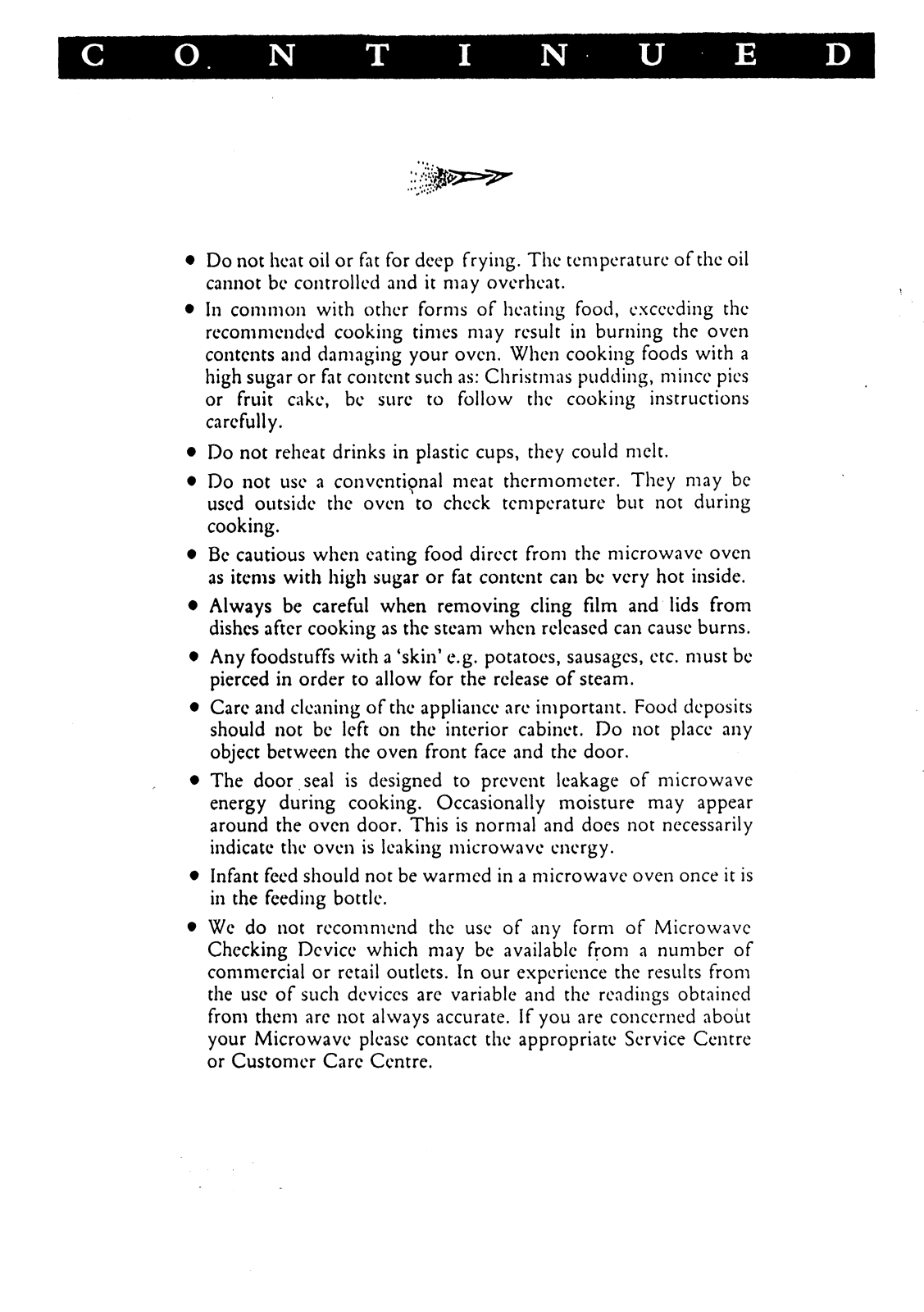
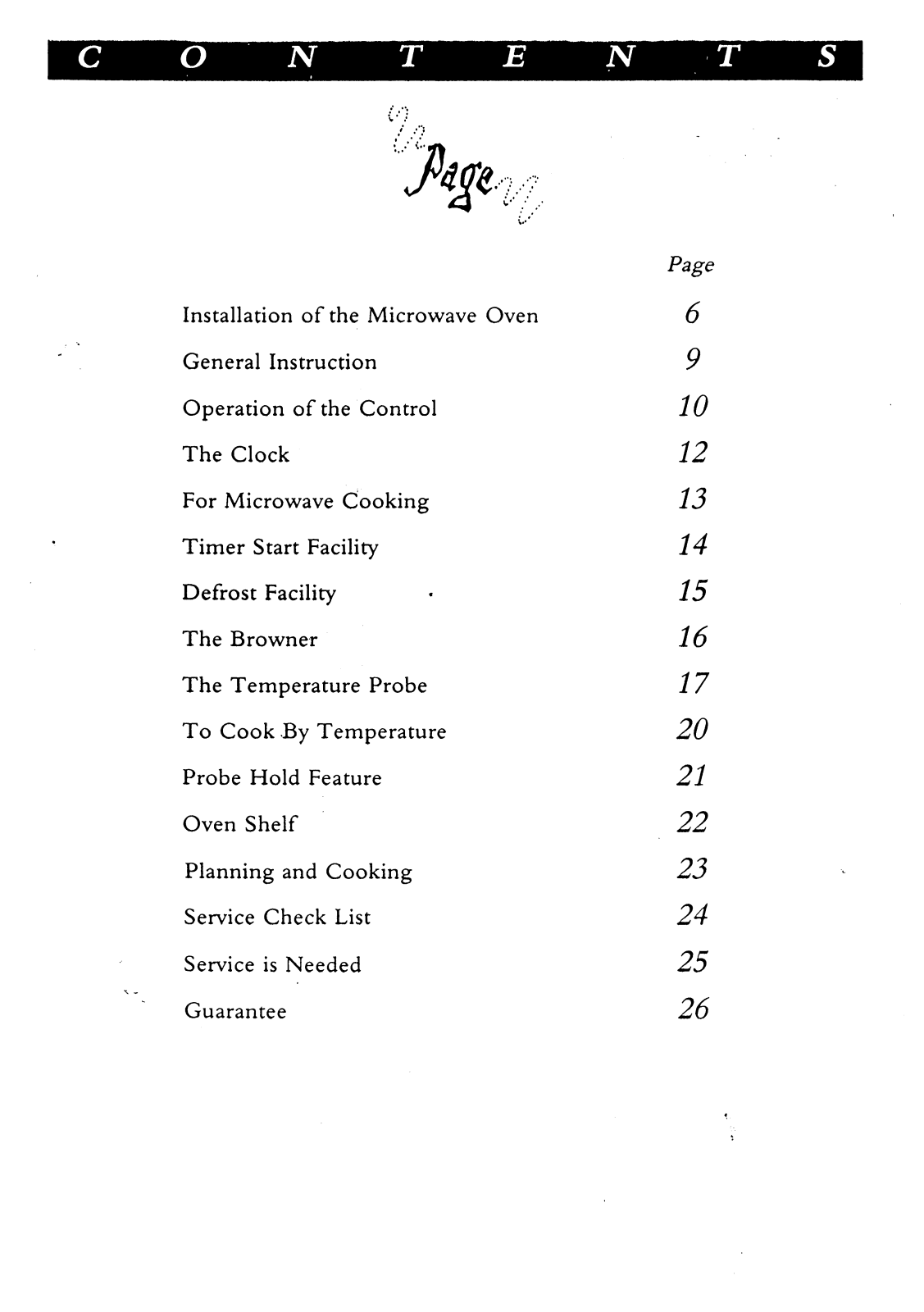
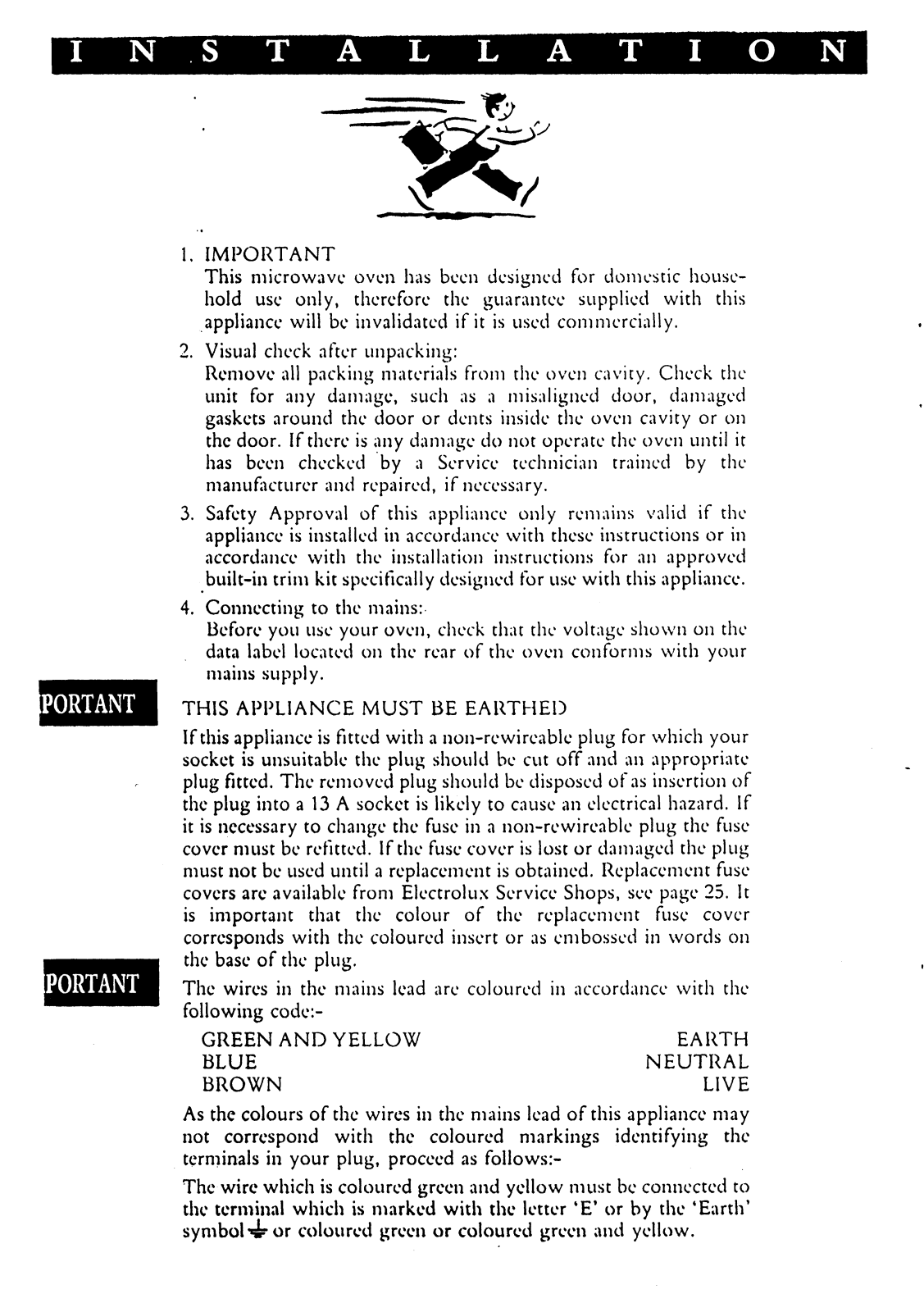
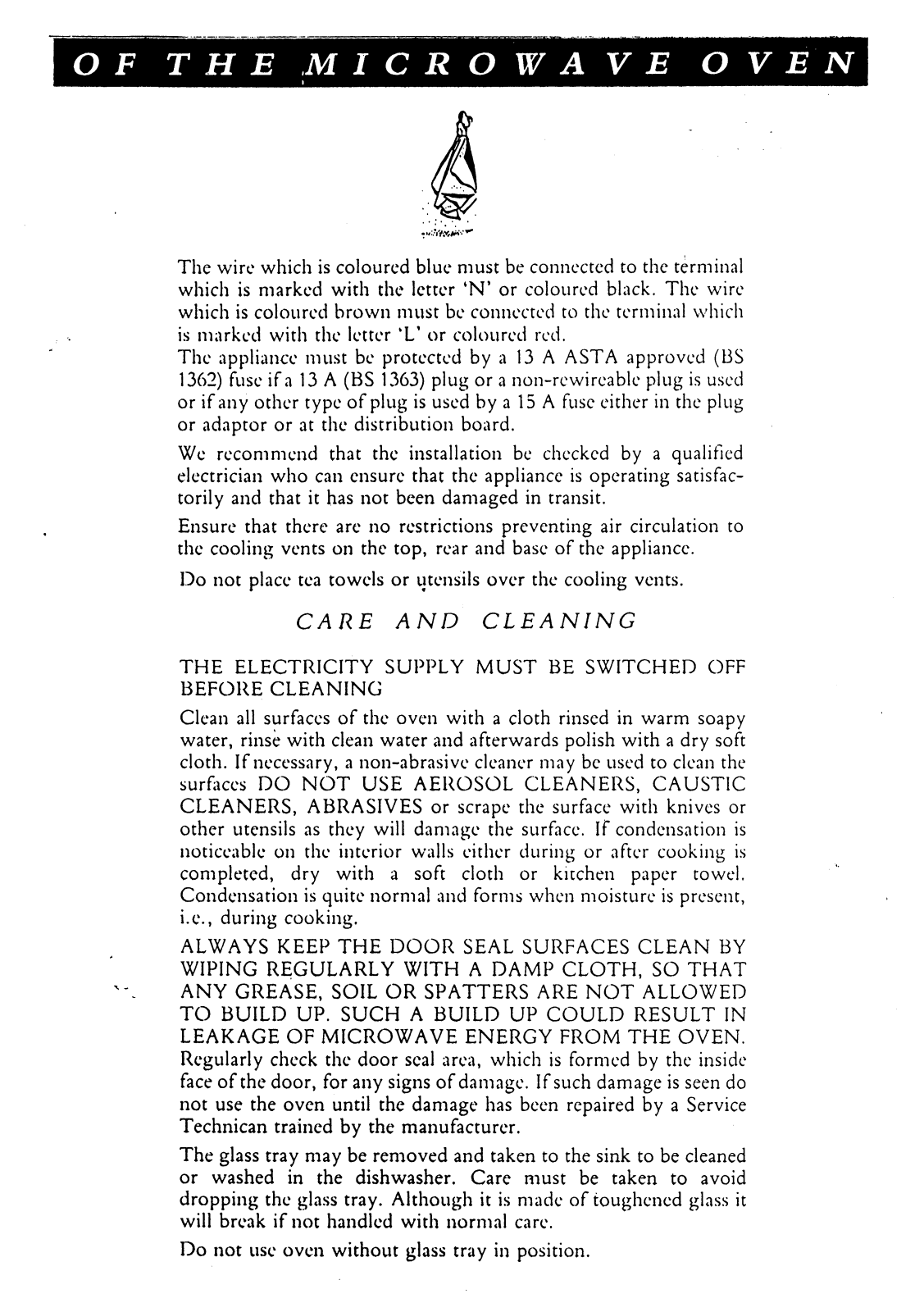
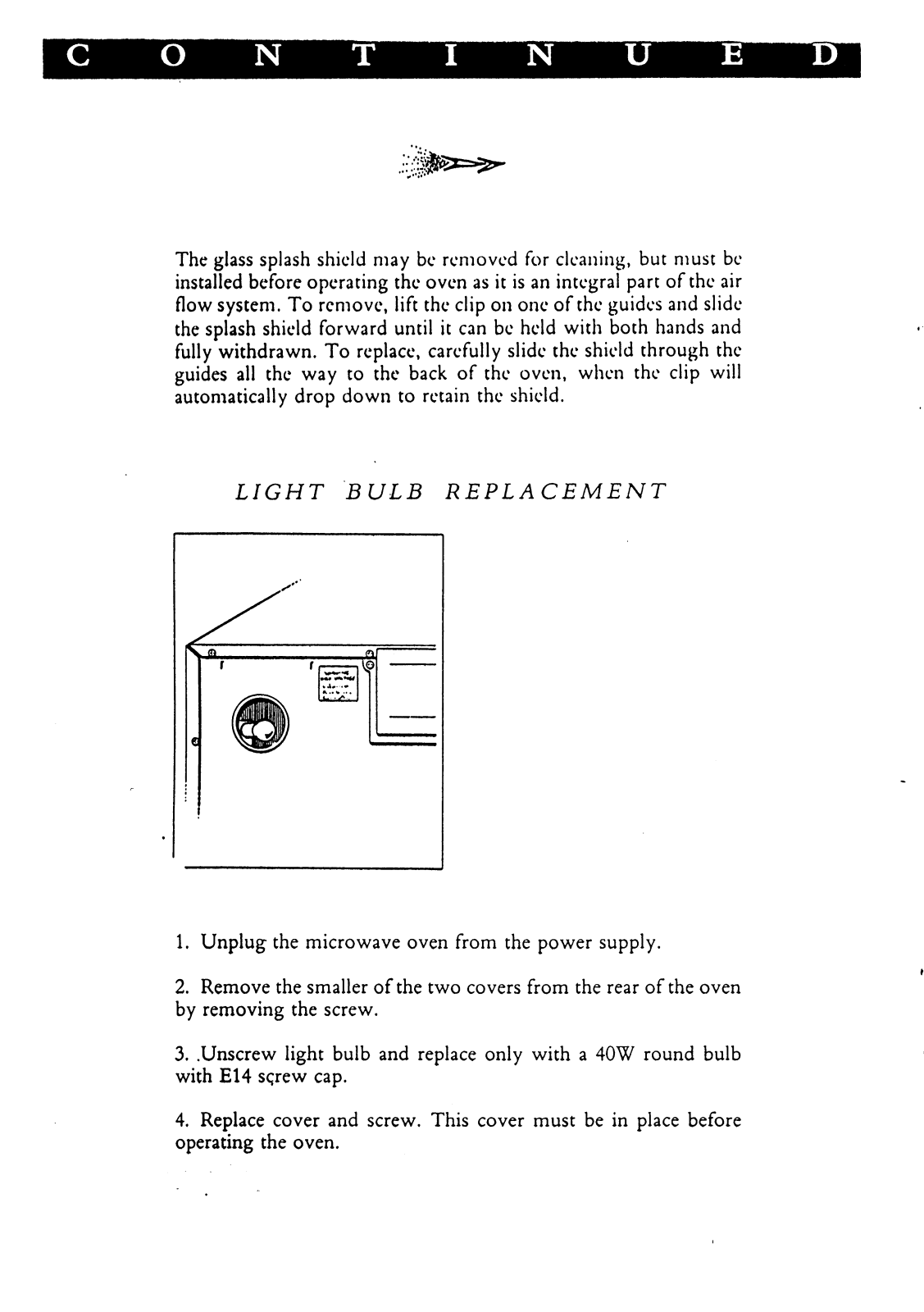


















